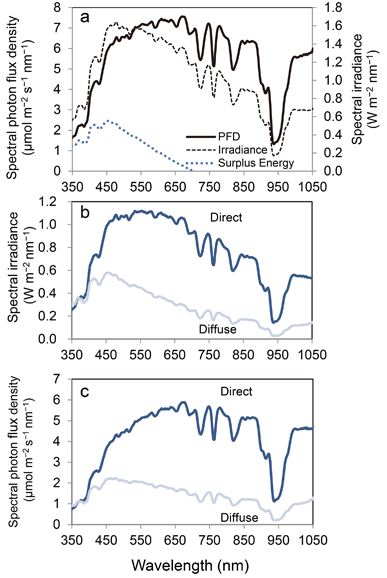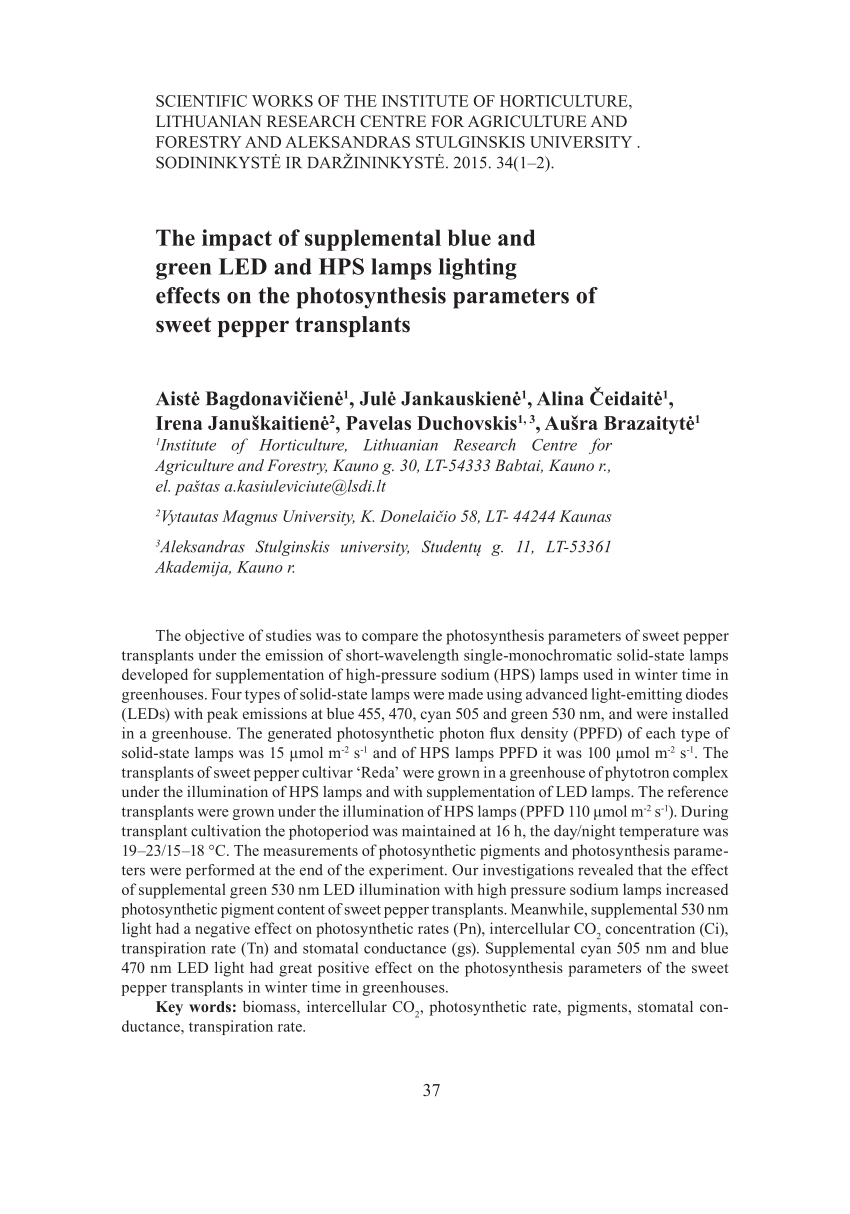Prawn Connery
Well-Known Member
Thought I'd posted this earlier, but here goes . . .The degradation is what makes me stick to 1000w DE HPS. I spend $400/yearly to replace all the bulbs and have like new results every year. LED in 3-5 years (once the warranty is up) I might have to buy another $700-1,000 fixture..
Financially doesn't make sense to me. Cool save $100-120/mo on power bill to spend thousands of dollars on lights which get equal or less results depending on light choice of course... Many considerations too because I'm pretty sure the spectrums are useless if your room is cold so unless the room is stuffed with lights I'm doubting the energy savings is going to come into play when your running heaters for proper VPD.
I'll keep LED in the VEG room for now.
So can I ask, why use LED in the veg room?
LEDs have a life of 50,000 hours. HPS efficiency has pretty much hit a wall – it's old tech and is not going to improve that much over the next 4-5 years. Certainly not like LED has and will continue to do. Just look at the advances in LED tech over the past 4-5 years. Prices are also coming down, just like other semi-conductors.
Today's LEDs will still be more efficient than HPS in 4-5 years time. We still have first-gen LEDs running in growrooms that are almost four years old now.
So after 5 years you've spent $2000 on bulbs ($400yr x 5 years). That's $2000 to spend on new LEDs. Plus another $6000-$7200 on power bills ($100-$120 x 12 months x 5 years).
That's almost $10,000 to spend on new LEDs. And "financially it doesn't make sense" to you?
I agree that the advantages of LED are compounded in hot climates. I live in Australia, so it doesn't get that cold here – mostly we battle heat. But LEDs still produce heat and I often suggest to other growers to add a HPS or CMH bulb to a winter grow to increase transpiration. You don't need to add heaters – unless you want to add a gas burner to increase CO2 in the room.

















